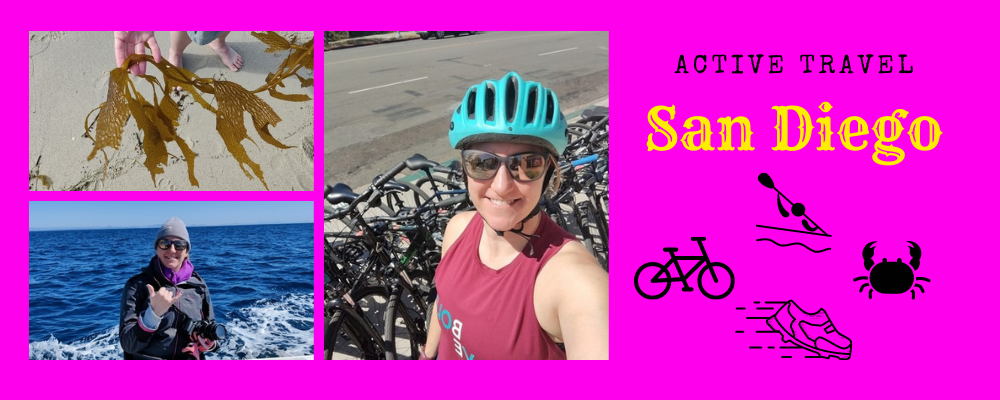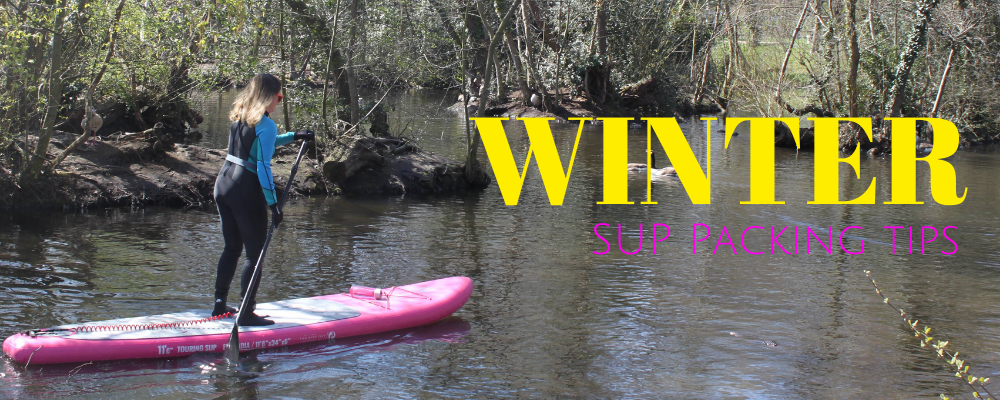
by | Mar 16, 2022 | cycling, outdoors, running, travel, water sports
Have you heard a rumor that California weather is perfect year-round? I certainly had so when I touched down in San Diego in late February of this year, I was expecting sunshine and warm temps. There were big plans to play outside and on the water while working on...

by | Apr 5, 2021 | product review, water sports
Even though I miss the four proper seasons I grew up with, the lack of snow in London means you can still play outside in the winter. Whether it is running, cycling, swimming, or paddleboarding, if you can brave the wet and cold, you can get outside. The pandemic...
by | Oct 7, 2019 | product review, water sports
Yes, you read that right. I have been paddleboarding in London this summer while training for London Regatta. 2019 was meant to be the inaugural year where people could row, kayak or stand up paddleboard (SUP) down the Thames River from Putney to...
by | Aug 21, 2019 | cycling, product review, race review, running, water sports
In an effort to rekindle my running mojo, I signed up for the London Triathlon* rather last minute. To keep it a realistic goal after my running injury, I selected the shortest distance. The Super Sprint course is 400m swim, 10km bike, and 2.5km run. For a short...
by | Jul 25, 2019 | cycling, product review, running, water sports
Waiting to scan my barcode at parkun On the morning of 13th July, I slotted in some time to dedicate to my triathlon training even though the Super Sprint should only take me an hour or so (the course is a 450m swim, 10K bike, and 2.5K run). My training plan was a...
by | Jun 21, 2019 | cycling, recovery, running, spinning, water sports
On Thursday afternoon, I was back at Function360 for my check up. I am only going every three weeks now which is great because it means I am nearly done with my recovery. It is also sad though because I love seeing the team (especially Hugo, the office dog). My...




